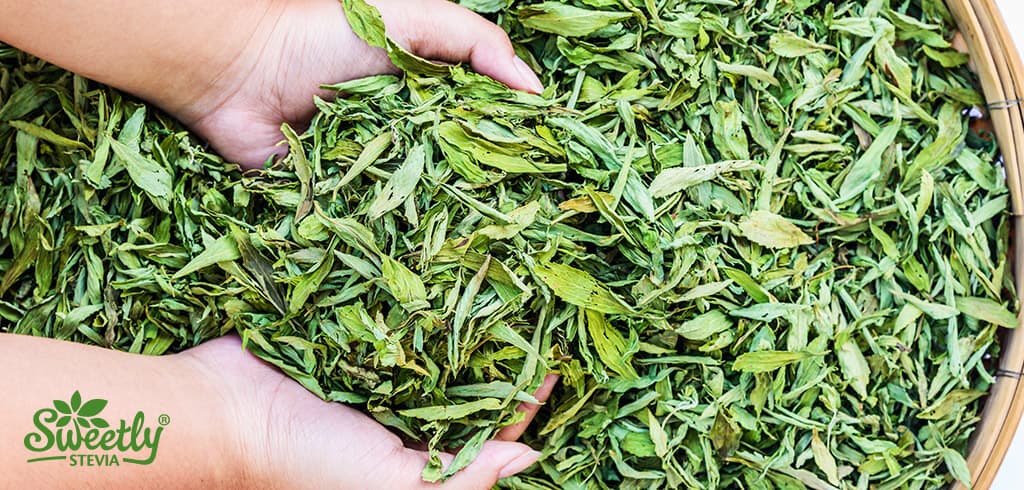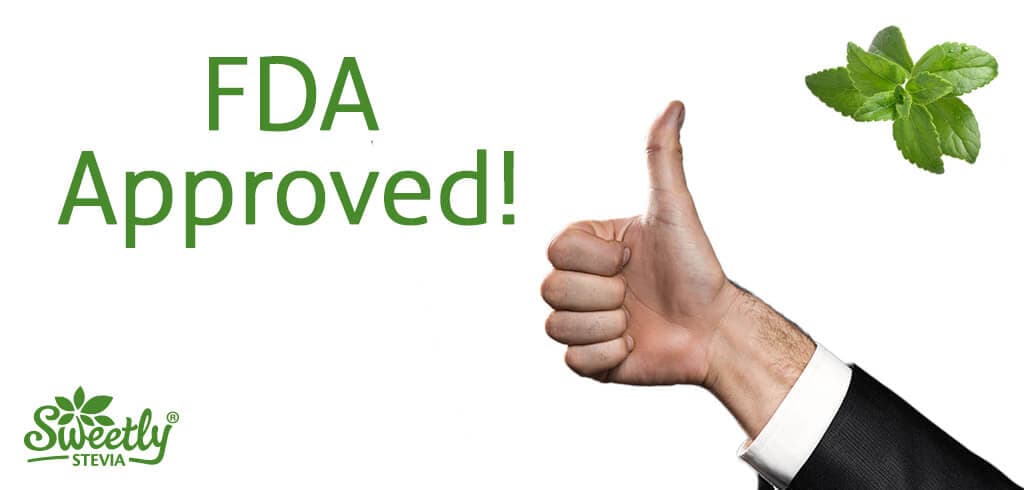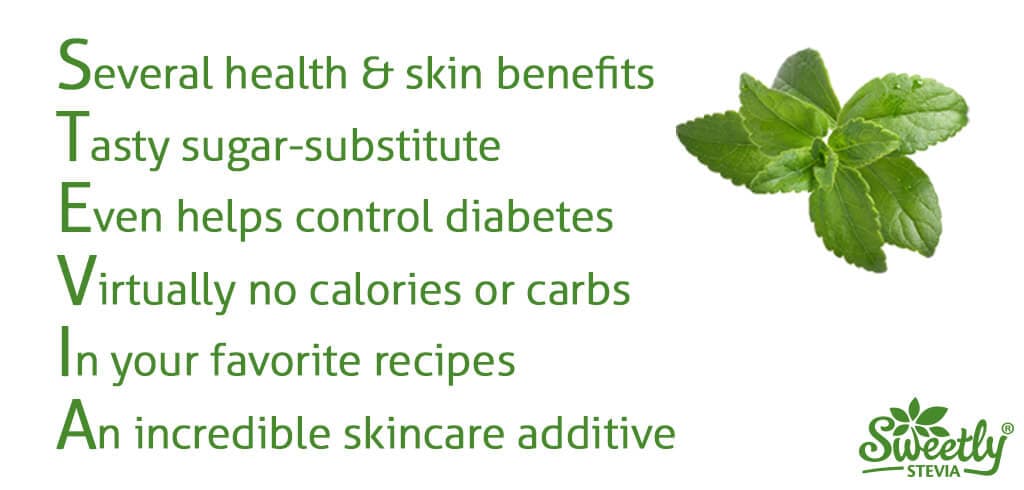The Best Turmeric Uses + Benefits
Turmeric. It’s a popular item these days. And you can find it everywhere. I went to Costco the other day and I saw you can purchase turmeric in the spices section for cooking. Plus, I found it in pill form, powder form + liquid form in the “medicines” section. It’s amazing the amount of turmeric uses there are out there and the benefits are so vast as well. It’s literally a superfood or super-herb or whatever you want to call it – it’s just really super for our bodies and our health.
The Best Turmeric Uses
Turmeric can be used in many ways. It’s known for having a distinctive taste – some like it, others don’t – so getting creative with how to use it to get the benefits of Turmeric is key! Below are my favorite turmeric uses. Feel free to alter any recipes to fit your needs. If you have questions, just ask.
1) TURMERIC COFFEE: If you’re a fan of bulletproof coffee, why not add a little turmeric? Try it. Let me know how you like it.
- 1 cup organic or black coffee
- 1/2 – 2 Tbsp brain octane MCT oil (please note if you have never had this before just start with 1-2 tsp and build up your tolerance to it)
- 1-2 Tbsp grass-fed butter or ghee
- 1/2 tsp turmeric powder
- The seeds of 1 vanilla pod
- 1/4 tsp cinnamon powder
1. Add all of the above ingredients to a small saucepan and turn on low heat. Stir.
2. Now pour the mix into a high powered blender and blend for 30 – 45 seconds.
3. Pour into a mug and enjoy!
2) TURMERIC TEA: Just swap the coffee for black tea in the above recipe.
3) TURMERIC LEMONADE
- 3 cups water
- 1/2 cup fresh squeezed lemon juice
- 1 tsp turmeric powder
- 1 tsp cinnamon powder
- 1/2 tsp liquid stevia
- 1/2 – 2 Tbsp MCT oil (please note if you have never had this before just start with 1-2 tsp and build up your tolerance to it)
NOTE: The MCT oil will help improve absorption of the turmeric.
- Juice your lemons until you get 1/2 cup juice. You can strain if you don’t like pulp – or leave it if you don’t mind.
- Add all ingredients to a high powered blender and blend until everything is well mixed and dissolved.
- Enjoy in a tall glass.
4) TURMERIC LEMON VANILLA FAT BOMBS
- ¼ cup organic coconut oil
- 1 TBSP Perfect Keto vanilla collagen protein powder
- 1 tsp stevia
- ¼ tsp ground turmeric powder
- ¼ tsp lemon extract
- Zest from one organic lemon
- Arrange about 12 mini baking cups onto a cookie sheet or tray.
- Let the jar of coconut oil sit in hot water to soften.
- Measure all ingredients into a bowl. Stir until all ingredients are mixed well, and pour into the mini baking cups.
- Place the cookie sheet or tray in the fridge to cool until your fat bombs are solid and ready to enjoy!
5) TURMERIC GOLDEN MILK DRINK
- 1 cup light coconut milk (from a can)
- 1 cup Unsweetened almond milk
- 1 tsp turmeric powder
- ½ tbsp coconut oil
- ¼ tsp ground ginger powder
- 1 cinnamon stick
- 1 small pinch ground black pepper
-
Add all ingredients to a saucepan. Whisk and warm over med/low heat. Gently warm the milk (Do not boil) – about 4-5 minutes. Add more turmeric or ginger to taste for stronger flavor. Drain the ingredients over a strainer or sieve.
-
To serve: You can serve hot or cold. To serve cold – let the milk cool to room temperature and serve it chilled over ice. OPTIONAL: you could add all ingredients to a blender, add a few ice cubes and blend to make a sort of ” Turmeric Shake” or “Turmeric Smoothie”.
-
Leftovers? Once the milk is cool to room temperature, refrigerate in a sealed container for up to 3 days.
Top Turmeric Benefits
Helps stop chronic inflammation: Inflammation is important to fight off unwanted bacteria in our bodies – but, for those of us who suffer from chronic inflammation due to heart disease, cancer or other degenerative diseases – turmeric can help. Turmeric contains Curcumin which is found in many anti-inflammatory prescription drugs. Naturally, you can get the benefits by including turmeric in your diet. Be sure to take with a healthy fat like coconut oil or MCT oil + black pepper. Both of these help with absorption of the turmeric and curcumin to increase the benefits.
Helps increase antioxidant production in the body: This in turn fights and protects your body from free radicals. Free radicals cause oxidative damage to our bodies. But with turmeric (including curcumin) you’re boosting your bodies natural power to fight them and increase your health this way. Find one of the turmeric uses above to get this awesome benefit.
Reduces your risk of Heart Disease: It improves the functions of your endothelium, which is the lining of your blood vessels. In doing this it’s helping to regulate your blood pressure and blood clotting. These are both big aspects to heart disease and by improving them, you are improving your heart health. Regular intake of turmeric will reduce your chances of having heart issues. And as mentioned above, it plays a role in reducing inflammation which is a big part of heart disease as well.
Helps prevent Alzheimers Disease: It is known that turmeric benefits inflammation and oxidative damage on the body. Both of these play a role in Alzheimer’s disease. Therefore by taking some form of turmeric daily, you are reducing your chances of getting Alzheimer’s.
Reduces symptoms of Arthritis: Because of its anti-inflammatory properties, turmeric has been shown to help people with painful arthritis symptoms – sometimes even better than prescribed medications.
Helps with depression: There’s been studies done to show the effects of turmeric/curcumin on people with depression. The effects were similar to those who took prozac in the study. Because of this study – it’s been shown to be as effective as a prescribed antidepressant.
Turmeric Can help prevent (and possibly treat) Cancer effects: This is all new and not fully scientifically tested yet, but it’s been shown to reduce and sometimes eliminate cancer cells. It’s been shown to reduce cancer growth, development and spread at the molecular level. It’s been especially shown to prevent you from getting digestive tract cancers like colorectal cancer if consumed regularly.
It’s used as an anti-aging supplement: Because of its anti-inflammatory effects and it’s ability to reduce many of the above disease symptoms and potential, it’s commonly taken to promote longer lifespans. But because inflammation and oxidization play a big role in aging, it may even have more benefits than just reversing disease.
Improves memory – it’s good for your brain, helps improve memory function.
Antiviral – Because of its anti-inflammatory and anti-oxidant abilities, turmeric can reduce your risk of viral infections.
Antifungal – it’s been shown to be useful in anti-candida diets. The curcumin in turmeric has been shown to stop the candida from attaching itself to human cells effectively.
Antiallergy – Allergies are caused by many factors – and everyone is different in what they are allergic to. One of the many beneficial turmeric uses is to help with allergies. Turmeric is known as anti-inflammatory and antibacterial. These are excellent for fighting allergies and other health problems. And because turmeric/curcumin has natural antihistamine properties (limits the release of histamines in the blood) – this reduces allergic reactions to those things you’re allergic to. Curcumin (inside turmeric) is a decongestant and helps treat various symptoms of allergies.
Protects Lungs – You might be seeing a pattern here. All the wonderful benefits of turmeric lead to another benefit. Lungs are protected from many of the other benefits of turmeric/curcumin (antiallergy, antiviral, antioxidant, etc etc).
Prevents Tooth Decay – brushing your teeth with turmeric powder has been shown to help with tooth decay. It has also been shown to help whiten teeth.
Heals Wounds Fast: Make a turmeric paste to put on wounds, for fast healing. See this post. This is one of my favorite turmeric uses out there. You always think of taking it internally but don’t realize you can put it on wounds to heal just as easily as healing inside your body.
Natural Painkiller – anti-inflammatory properties help with reducing pain, just like (or better than) an over the counter pain reliever.
Improves Digestion – it’s been shown to relax the muscles in the walls of the digestive tract to help food move more smoothly through digestion. It also has been shown to relieve gas and bloating.
Immunity Booster – All of the benefits of turmeric lead to this. It boosts your immunity and leads to better health.
Helps Control Blood Sugar (this is especially helpful to those on Keto): can help with weight management or weight control.
In general, turmeric is so beneficial to your health, so why NOT take it as a supplement or add it to your food or drinks. There are so many turmeric uses that you can benefit from the fresh turmeric plant in more ways than one.












